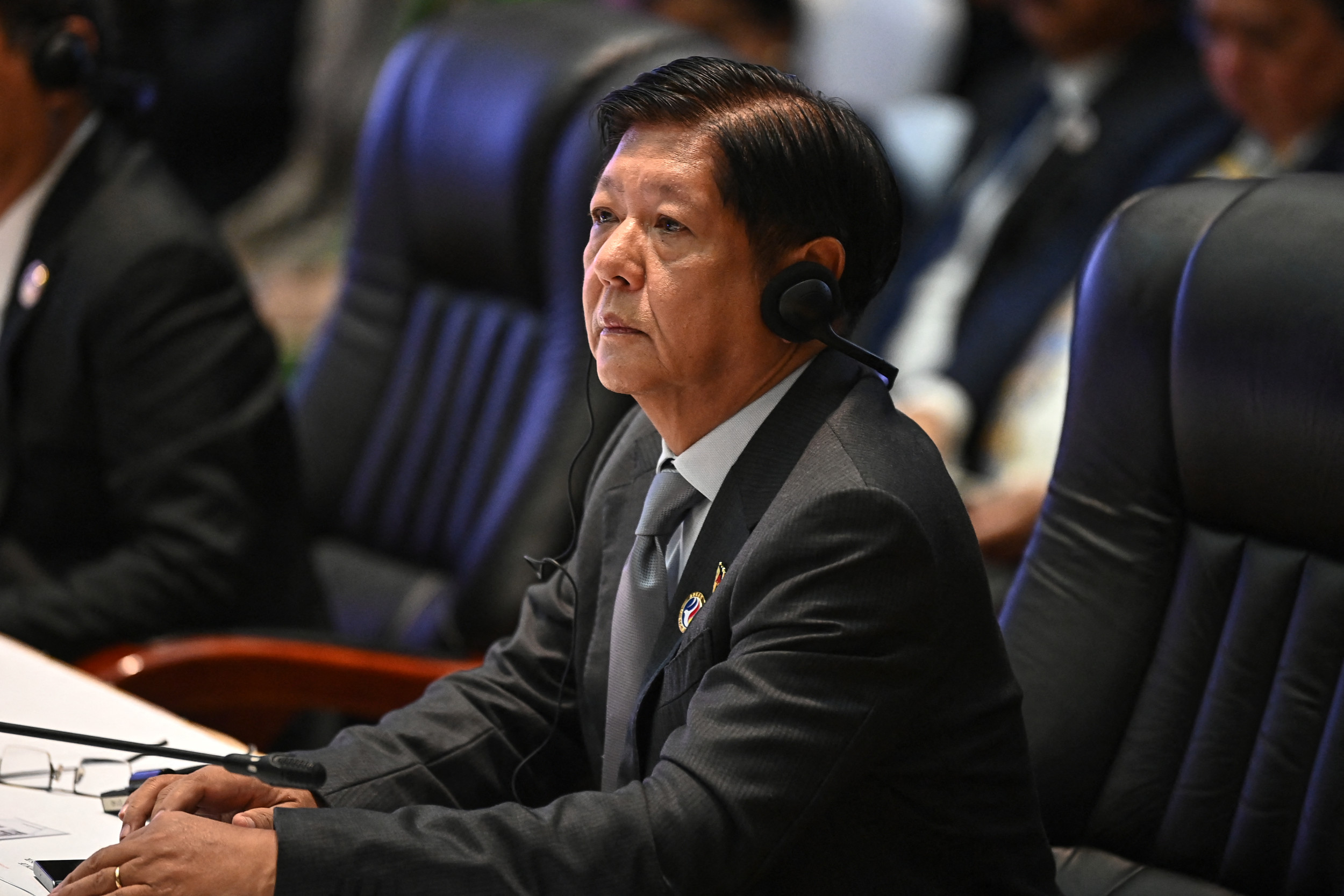As Elon Musk takes charge of the newly formed Department of Government Efficiency (DOGE), created to advise the White House on optimizing federal spending, the F-35 stealth jet program has become a key target of his criticism.
Over the weekend, the Tesla CEO and a surrogate for Donald Trump criticized the fighter jet program on his social media platform, X, calling it outdated and inefficient compared to unmanned aerial vehicles (UAVs).
"Meanwhile, some idiots are still building manned fighter jets like the F-35," Musk posted, alongside a video showcasing synchronized Chinese drones in action.
Musk's critique aligns with his and DOGE co-leader Vivek Ramaswamy's push for sweeping federal spending reforms. Their ambitious goal of cutting at least $2 trillion from the federal budget has put the Pentagon under particular scrutiny.
The F-35 Lightning II Joint Strike Fighter, developed by Lockheed Martin, is the Department of Defense's most expensive and ambitious weapons program. While hailed as critical to U.S. national security, the program has faced relentless criticism for soaring costs and delays. The U.S. Government Accountability Office estimates the program's lifetime cost at over $2 trillion, making it the costliest military project in history.
On Monday, Musk doubled down on his criticism, arguing that the jet's design was fundamentally flawed from the outset due to an attempt to meet too many conflicting requirements.
"The F-35 design was broken at the requirements level because it was required to be too many things to too many people. This made it an expensive & complex jack of all trades, master of none. Success was never in the set of possible outcomes," Musk said.
"Manned fighter jets are outdated in the age of drones and only put pilots' lives at risk," he said, garnering support from Trump ally Matt Gaetz, who wrote:
"The F-35 is a failed platform. It's time to shift entirely to drones."
UAVs have played a crucial role in modern conflicts, particularly in Ukraine, where drones have been instrumental in countering Russian forces.
Musk, a longtime advocate for replacing traditional fighter jets with drones, argues that UAVs—whether remotely piloted or autonomous—offer greater precision and eliminate the risks faced by human pilots. He has often pointed to the role.
Despite Musk's assertions, the F-35 program has its defenders. Proponents highlight the jet's performance in real-world combat, citing its use by Israel's F-35I Adir variant to strike Iranian military installations and neutralize advanced Russian-made air defenses. Supporters also note that China, a country Musk has praised for its drone capabilities, has spent years attempting to replicate the F-35's cutting-edge technology.
A spokesperson for the Pentagon's F-35 joint program office defended the aircraft's value.
"We have combat-capable aircraft in operation today, and they perform exceptionally well against the threats for which they were designed. Pilots continually emphasize that this is the fighter they want to take to war if called upon," the Pentagon said.
Lockheed Martin echoed these sentiments, calling the F-35 "the most advanced, survivable, and connected fighter aircraft in the world" and a cornerstone of joint all-domain operations.
Still, the program's flaws are well-documented. A recently declassified Pentagon report revealed ongoing issues with the F-35's reliability, maintainability, and availability. Lockheed Martin responded by emphasizing that the aircraft "consistently meets or exceeds the reliability performance requirements we are contracted to deliver."
Aviation enthusiasts weighed in on Musk's remarks, with some defending the symbolic and morale-boosting role of manned fighter jets. "No kid dreams of piloting a drone," one user commented, "but plenty dream of flying a fighter jet with an American flag on its tail."

.jpg)


















 English (US) ·
English (US) ·